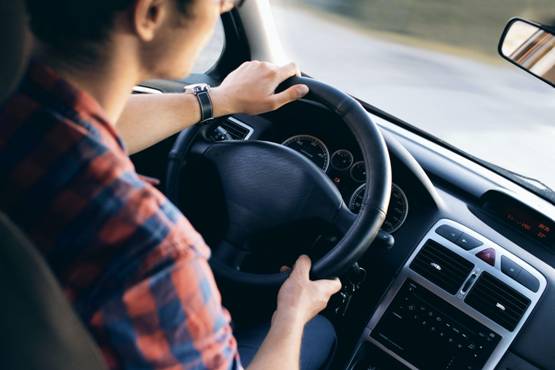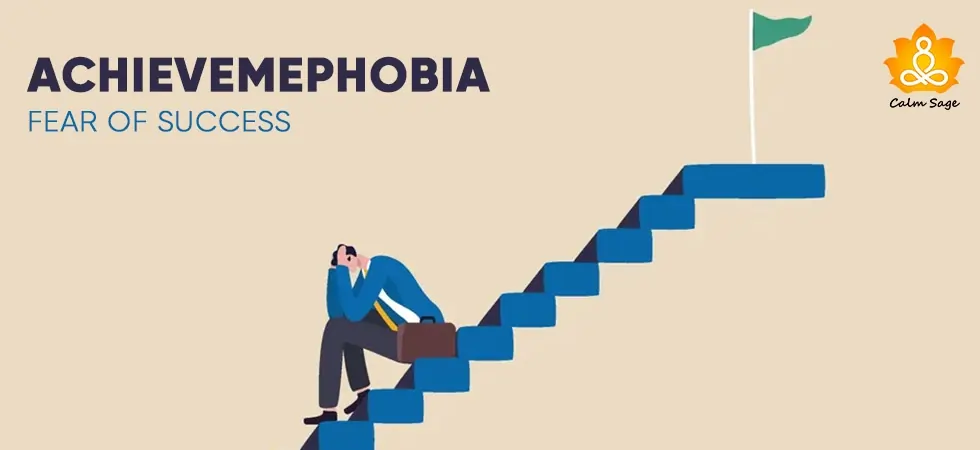What You Need to Know About Vehophobia (The Fear of Driving)

Driving is a pleasure that allows me to control my actions and my thoughts, but lately, I’ve felt a little apprehensive about driving. It’s not fear, per se, but nervousness when someone asks me to drive. The open road, which can be a symbol of freedom and exploration, can become a source of anxiety and fear for people who struggle with the phobia of driving – vehophobia.
This specific phobia, while not widely discussed or openly talked about, can leave a significant impact on a person’s everyday life and limit their freedom to explore the world.
When someone struggles with the fear of driving, they take almost irrational actions to avoid driving and if they are pushed into a situation where they are required to drive, they experience intense anxiety and fear. Being scared of driving can sound like a small fear but people living with this anxiety can struggle to meet their day-to-day routine.
In this article, let’s learn about the symptoms of vehophobia, what causes it, and how you can cope with the fear of driving.
What is Vehophobia And Its Symptoms?

Vehophobia, also known as driving phobia or driving anxiety, can be characterized by an intense and irrational fear of driving. People with this phobia can experience a range of distressing symptoms when they are faced with the idea of driving under any circumstances. While it sounds like an irrational fear, driving phobia is a common phobia.
People with vehophobia may experience distressing symptoms such as;
- Extreme unease, nervousness, or anxiety
- Rapid heartbeat
- Excessive sweating
- Trembling
- Feeling lightheaded
- Shortness of breath
- Nausea and vomiting
- Urge to actively avoid situations that may require driving
- Experiencing negative thoughts such as catastrophic thinking
- Inability to engage in social activities
What Causes Vehophobia, The Fear of Driving?
Various factors can contribute to the phobia of driving. Some common causes include;
- Trauma: If you’ve been in a traumatic car accident, or near-miss, or have witnessed a traumatic event on the road, then it can trigger the fear of driving or even the fear of being a passenger, also known as amaxophobia.
- Anxiety: If you have been diagnosed with generalized anxiety disorder, panic disorder, or post-traumatic stress disorder, then these disorders can also worsen your vehophobia.
- Negative beliefs: If you hold negative thoughts or beliefs about your driving abilities or fear going out of control while driving can also contribute to your fear of driving.
- Learned behavior: Observing others’ anxiety or learning negative experiences from others about driving can also influence your negative thinking and make you fear driving.
It is believed that young people or people with a history of phobias and anxiety disorders can be at a higher risk of developing vehophobia.
The Psychological Toll of Vehophobia

The fear of driving isn’t just about avoiding driving, it’s also about fighting against the encompassing fear that can affect almost every aspect of your life. The psychological impact of this fear can be extreme. People with this fear often experience high levels of anxiety and stress. The mere idea of driving can trigger worried thoughts, rapid heartbeats, and shallow breathing.
Avoiding driving can also make a person avoid social situations indirectly. So, when someone struggles with this fear of driving, it can lead to social isolation and limited social life. They may miss out on social events, work commitments, and even family activities due to the fear of driving.
Another impact of vehophobia can be on a person’s self-esteem. The inability to drive can cause feelings of inadequacy and low self-esteem. This fear can make a person question their abilities and prevent them from feeling a sense of accomplishment.
Eventually, the persistent avoidance and anxiety associated with driving can lead to symptoms of depression. It may make a person feel like they are dependent on others for little things and it may also prevent them from enjoying the freedom and pleasure of driving.
Can Vehophobia be Treated?
Fortunately, vehophobia can be treated as any other specific phobia. So, if you’re looking for treatment options for the fear of driving, here are the most recommended ones;
- Cognitive-behavioral therapy: CBT can help restructure negative thought patterns, address irrational fears, and develop healthy coping strategies that can help you desensitize the fear of driving.
- Exposure therapy: Exposure therapy involves gradually exposing a person to the fear of driving-related situations in a controlled environment, allowing them to face their fears and build confidence under the guidance of a professional therapist.
- Medications: In some severe cases, a psychiatrist may prescribe anti-anxiety medications to control the symptoms of anxiety and fear that come with vehophobia. These medications are often prescribed along with psychotherapy.
- Relaxation techniques: Techniques such as deep breathing, progressive muscle relaxation, and mindfulness exercises can also be taught to help manage the symptoms of anxiety and stress that one may experience during driving.
How to Cope With The Fear of Driving?

For people struggling with the fear of driving, recovery can be challenging, but not impossible. Some tips to help you overcome vehophobia can include;
- Self-education: Learn more about road safety, traffic rules, and other driving-related information to be aware of what you could face when driving. What you know can’t scare you, so once you get to know more about driving, the more you’ll feel in control.
- Start small and don’t rush: You don’t have to rush into your recovery. When you’re starting to drive and overcome your fear of driving, start with short, low-pressure drives in familiar surroundings. You can slowly move on to more challenging drives later.
- Try positive affirmations: You can also learn to replace negative thoughts with positive affirmations about your negative driving beliefs. These positive thoughts and affirmations can help you reframe your negative thinking and make you feel more positive about yourself.
- Seek social support: Seeking social support from friends and family or even support groups can help you face your fears with confidence. Sharing your fears about driving anxiety can help you feel light and get encouragement from people who understand what you’re going through.
- Seek professional help: If nothing seems to be helping, then you can consider seeking therapy from a professional therapist or a counselor who specializes in anxiety disorders.
Facing Your Fear With Courage…
Vehophobia can sound like a small-scale fear but it can be a roadblock for many people. With the right support and strategies, you can learn to overcome the fear of driving. Whether it’s through therapy, exposure, or a combination of both, you can learn to navigate your life and live without the fear of driving haunting your every step.
Know that you don’t have to face your fears alone. You can always seek professional help and support and learn better coping skills to help smoothen out the journey of recovery from this irrational fear.
I hope this blog helped you learn what vehophobia is, the fear of driving. Let me know what you think about this article in the comments section below.
Take Care!




















